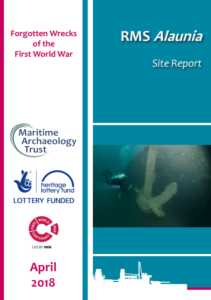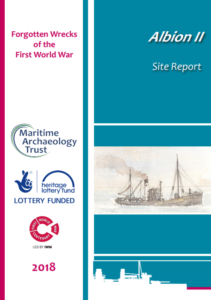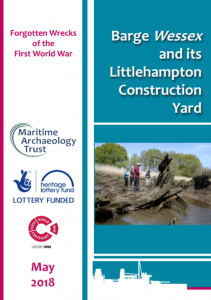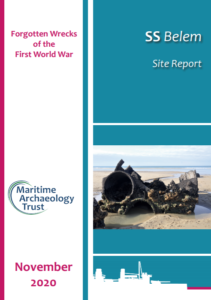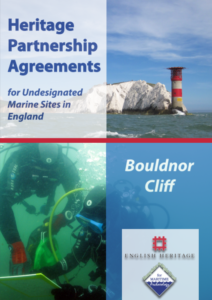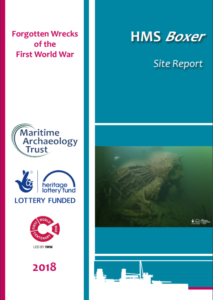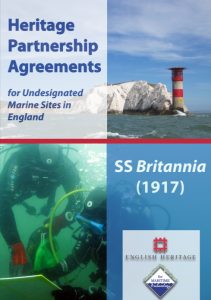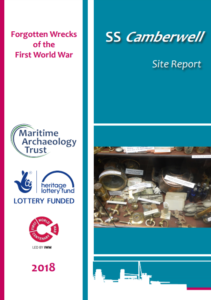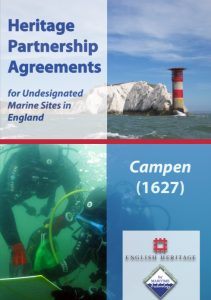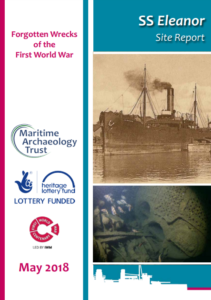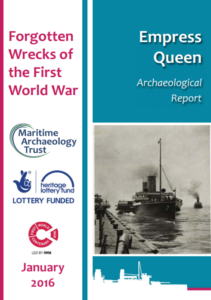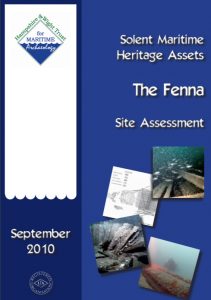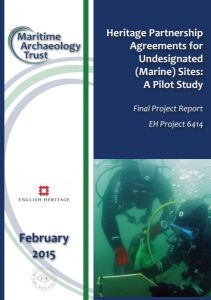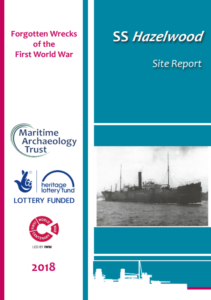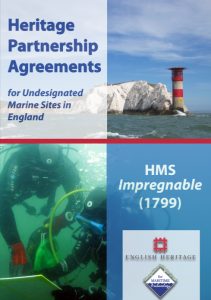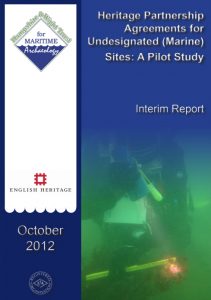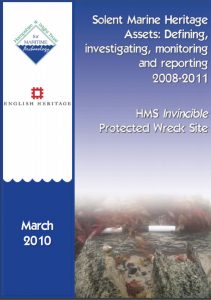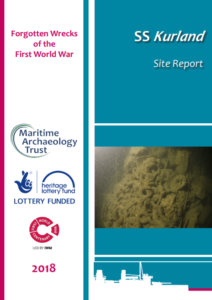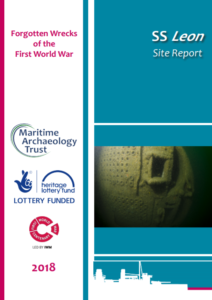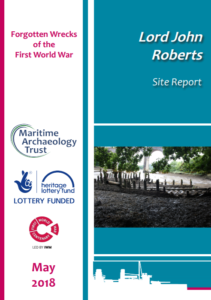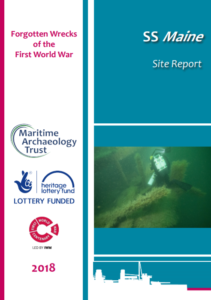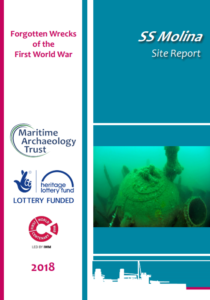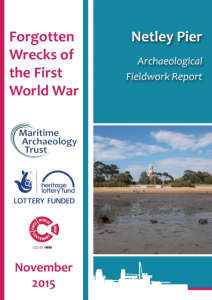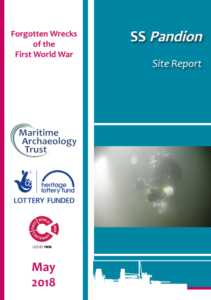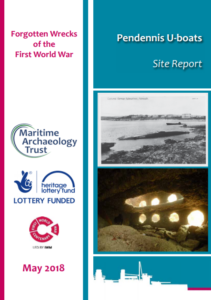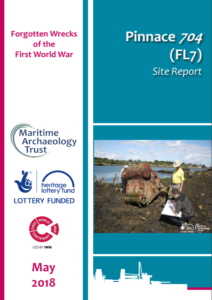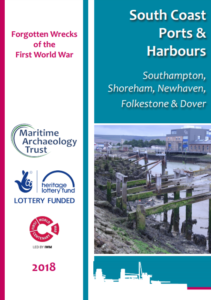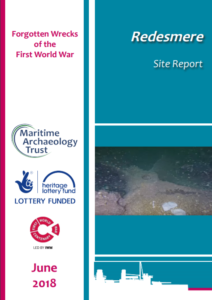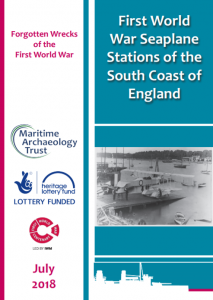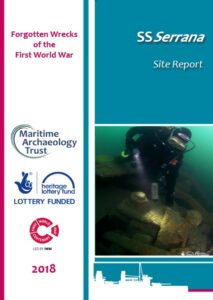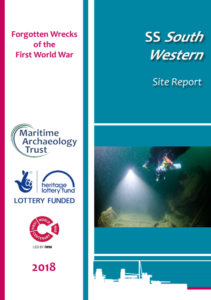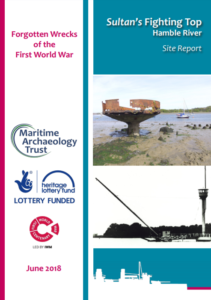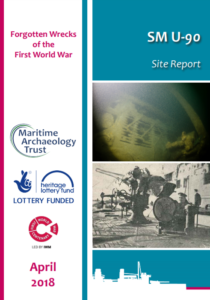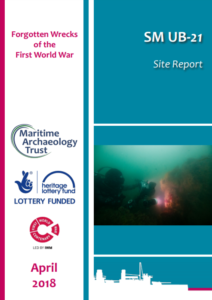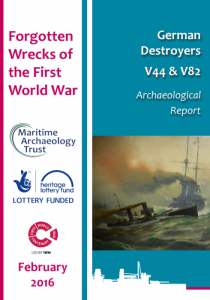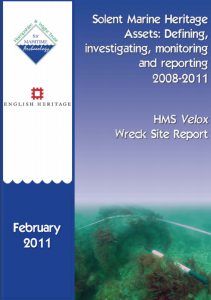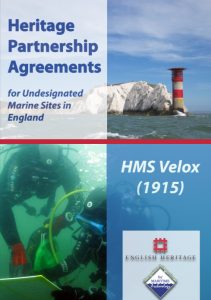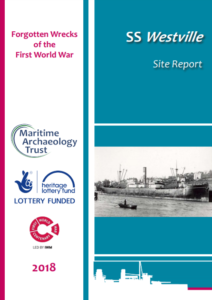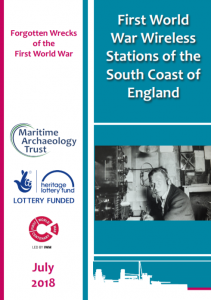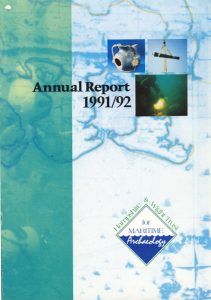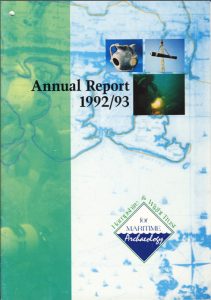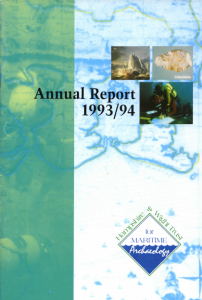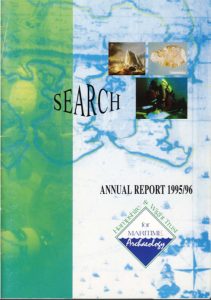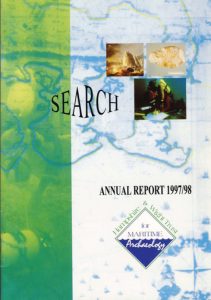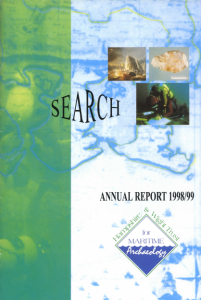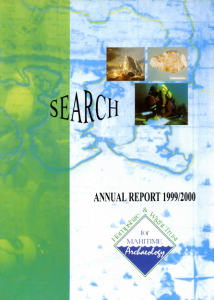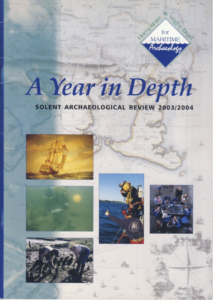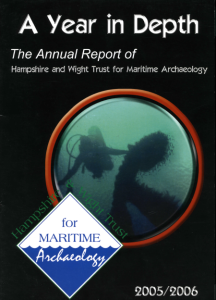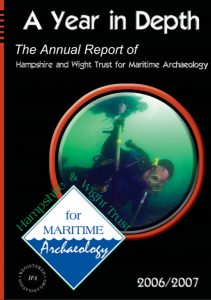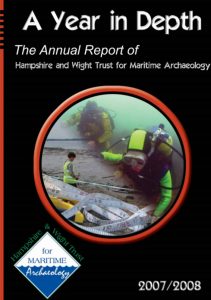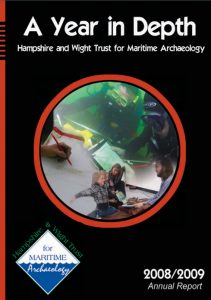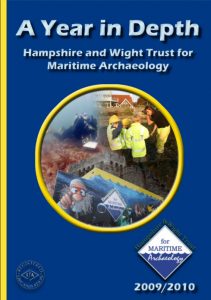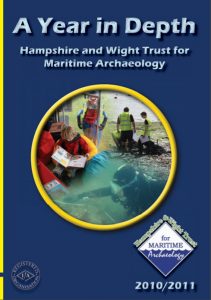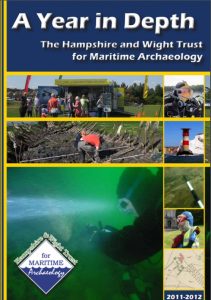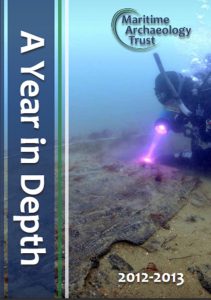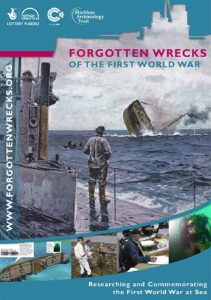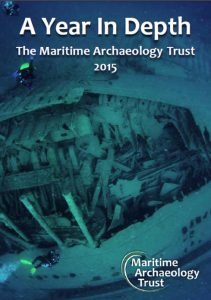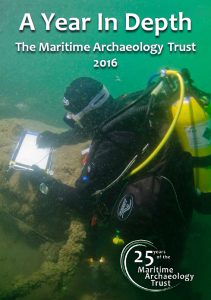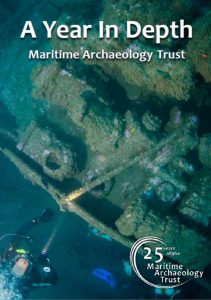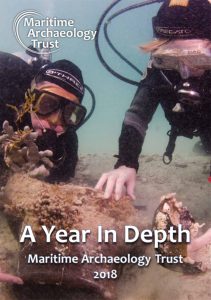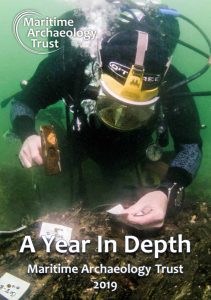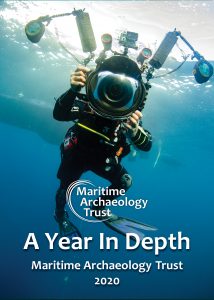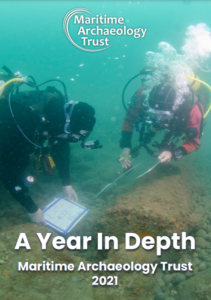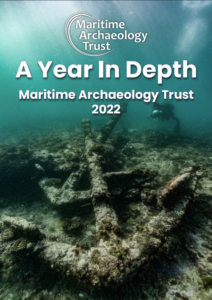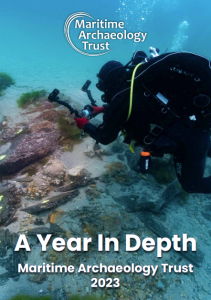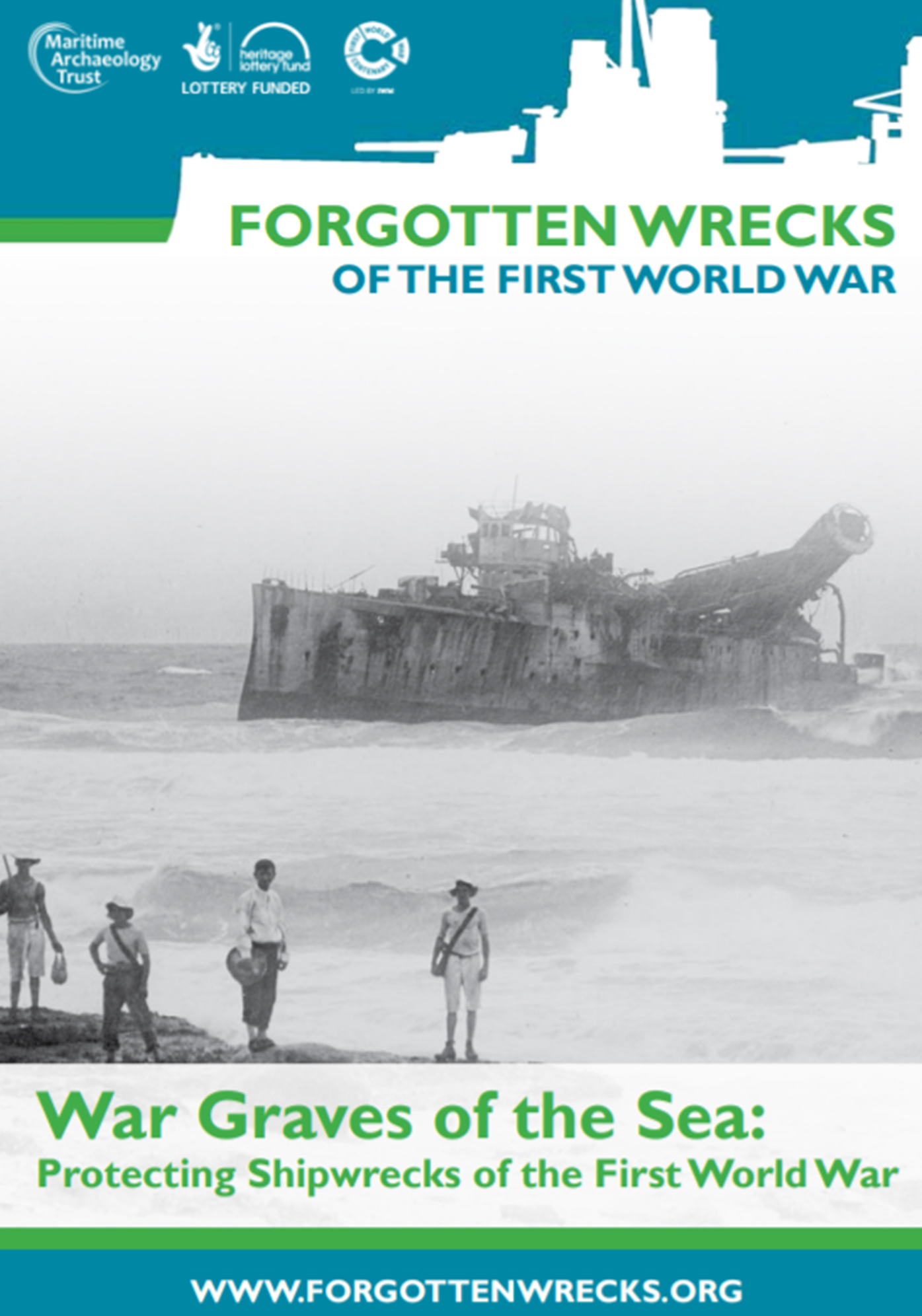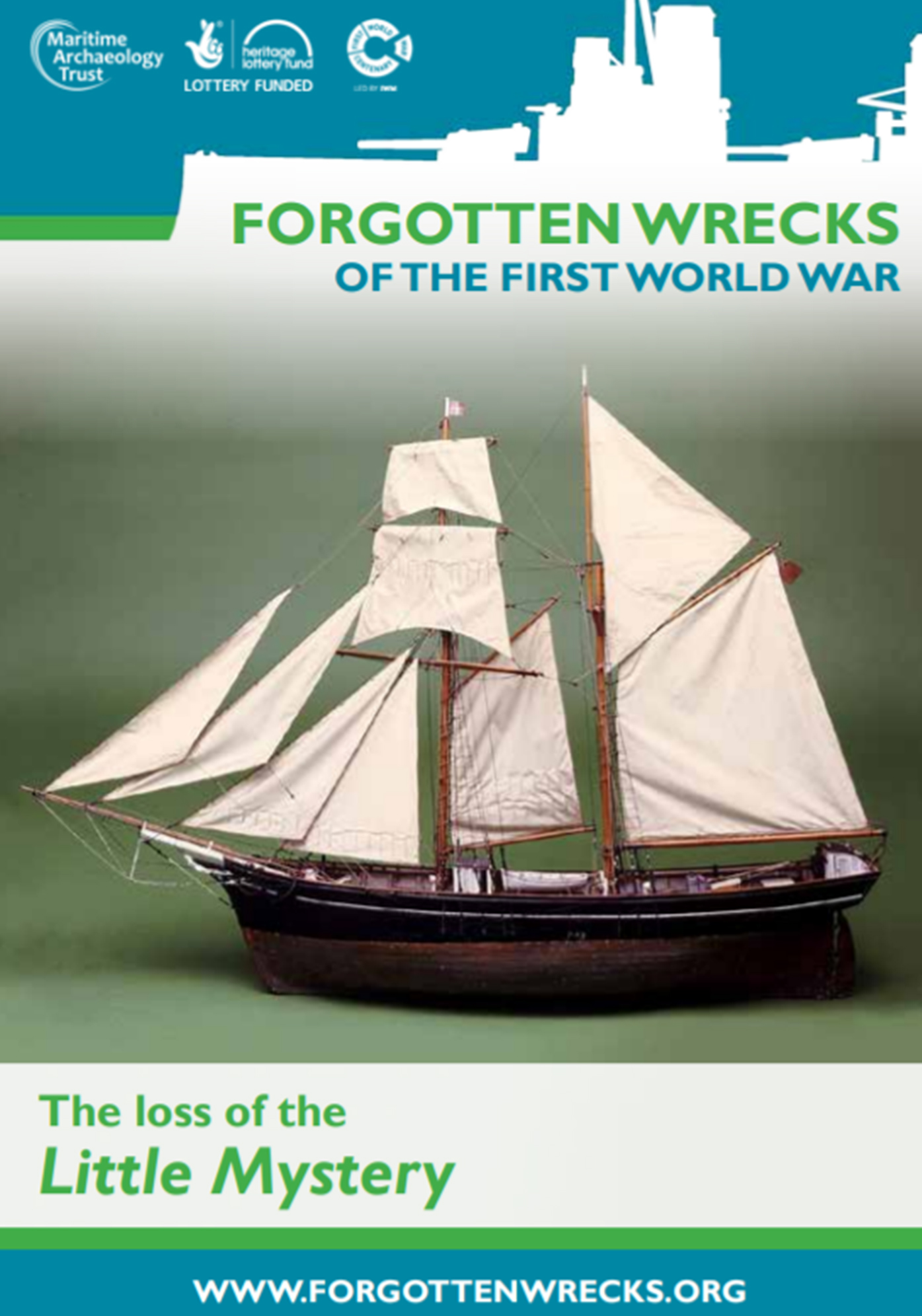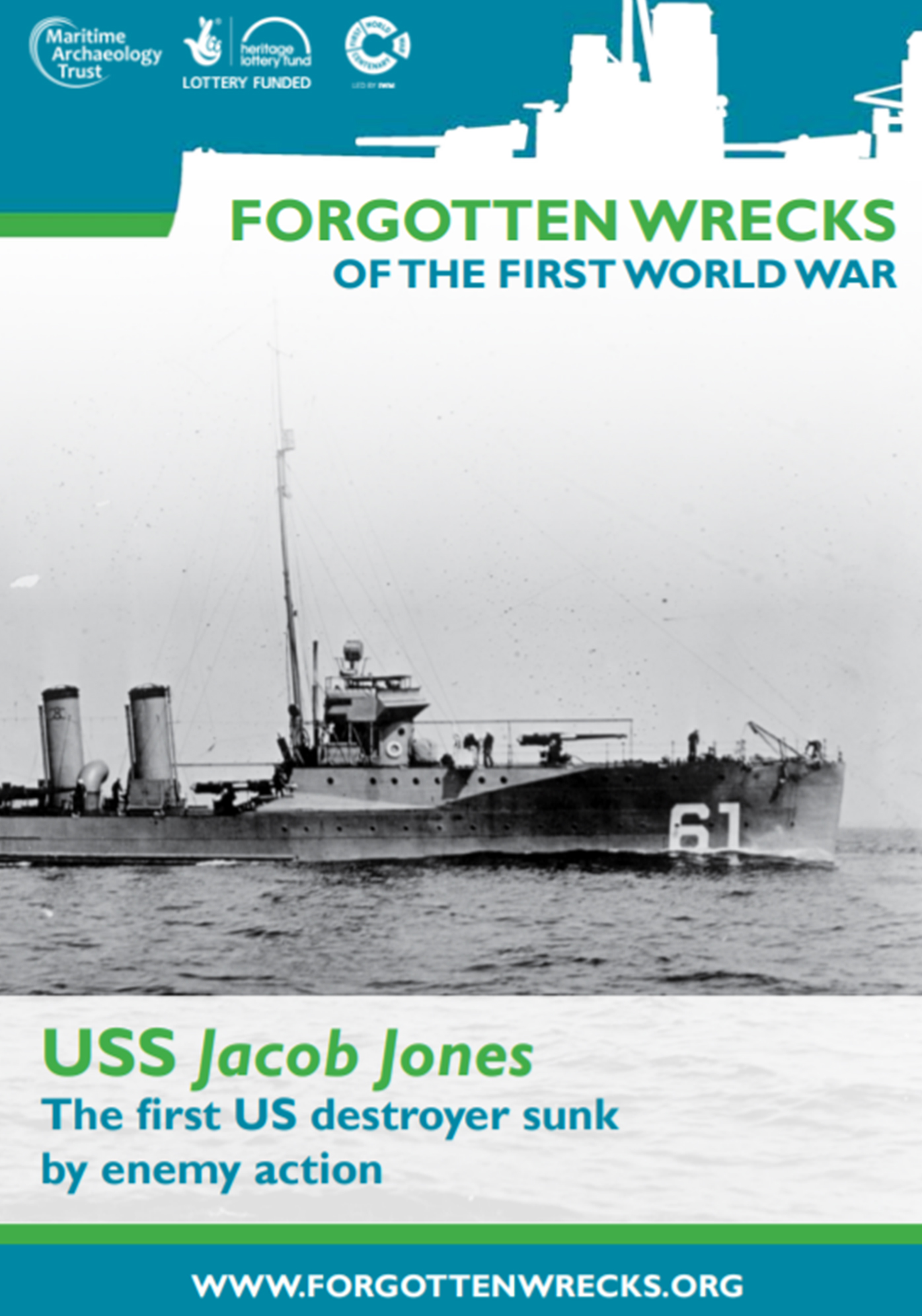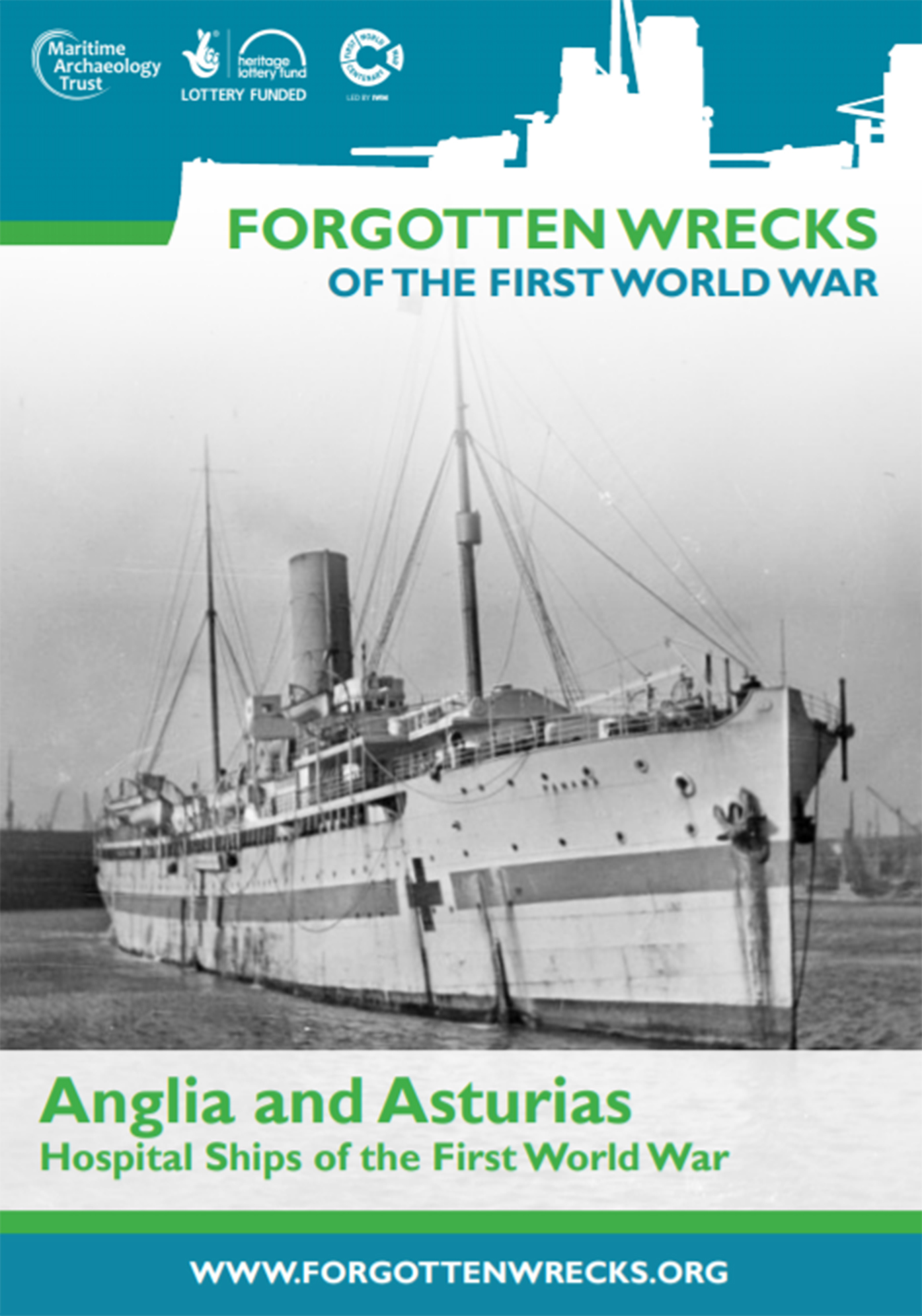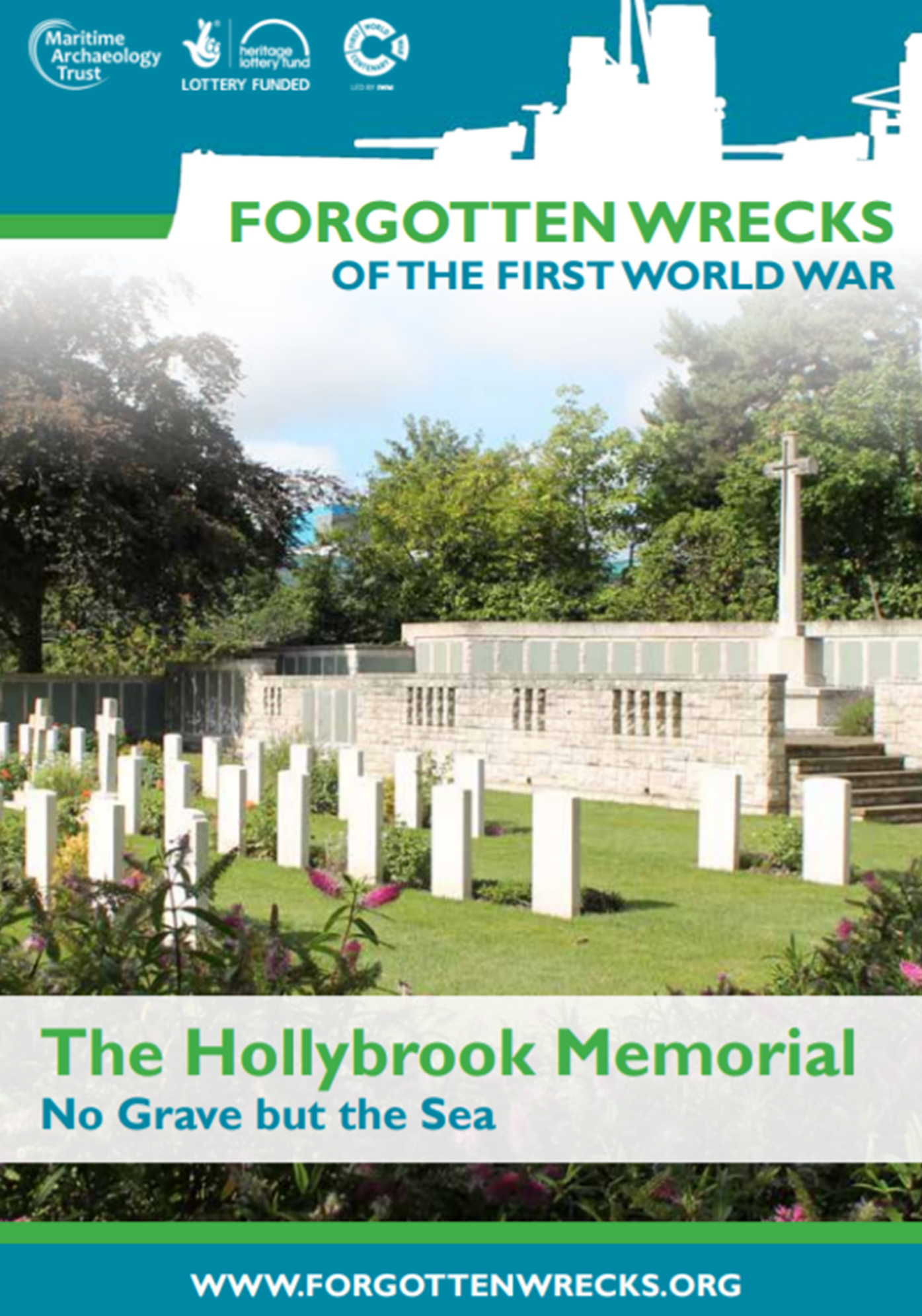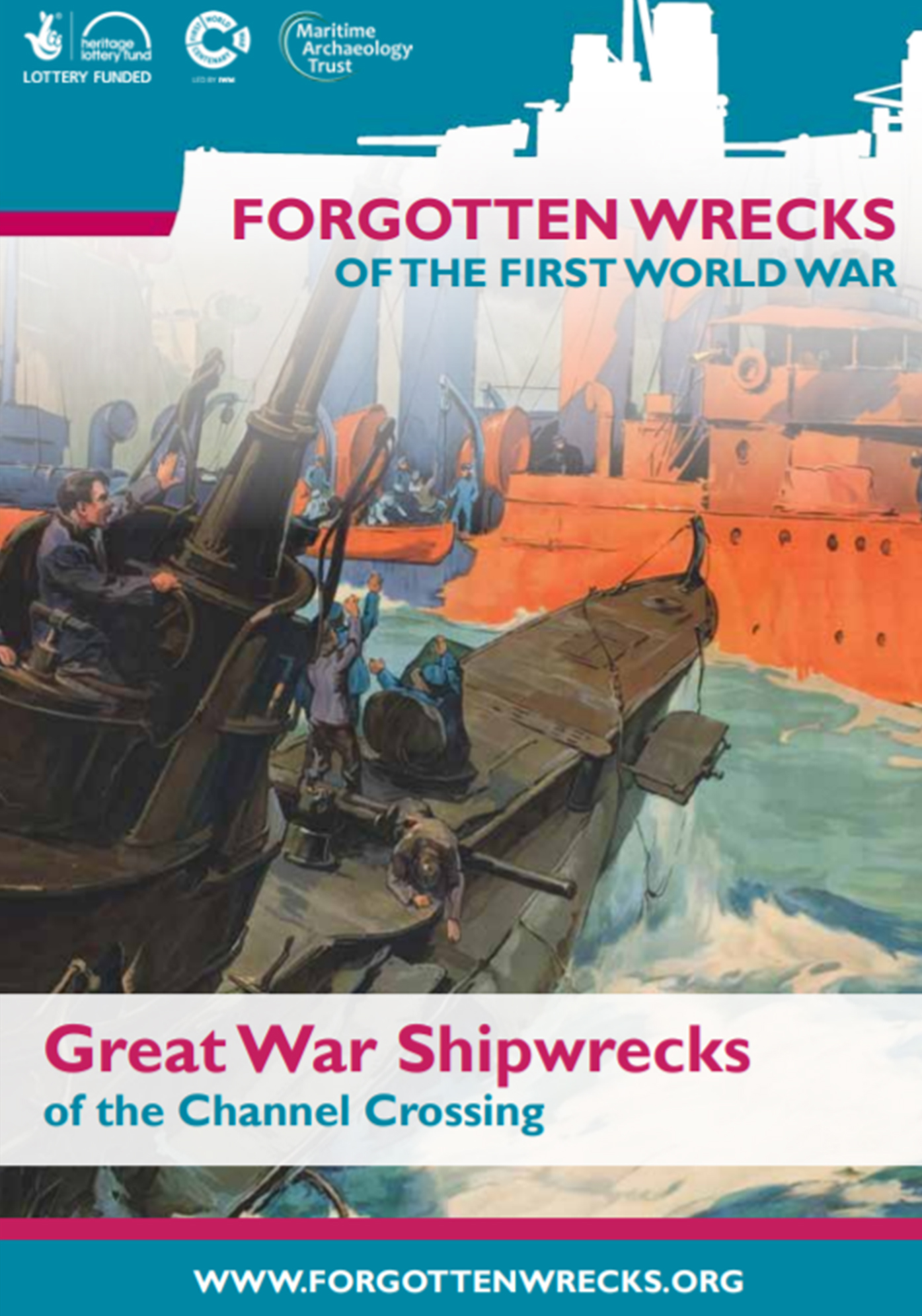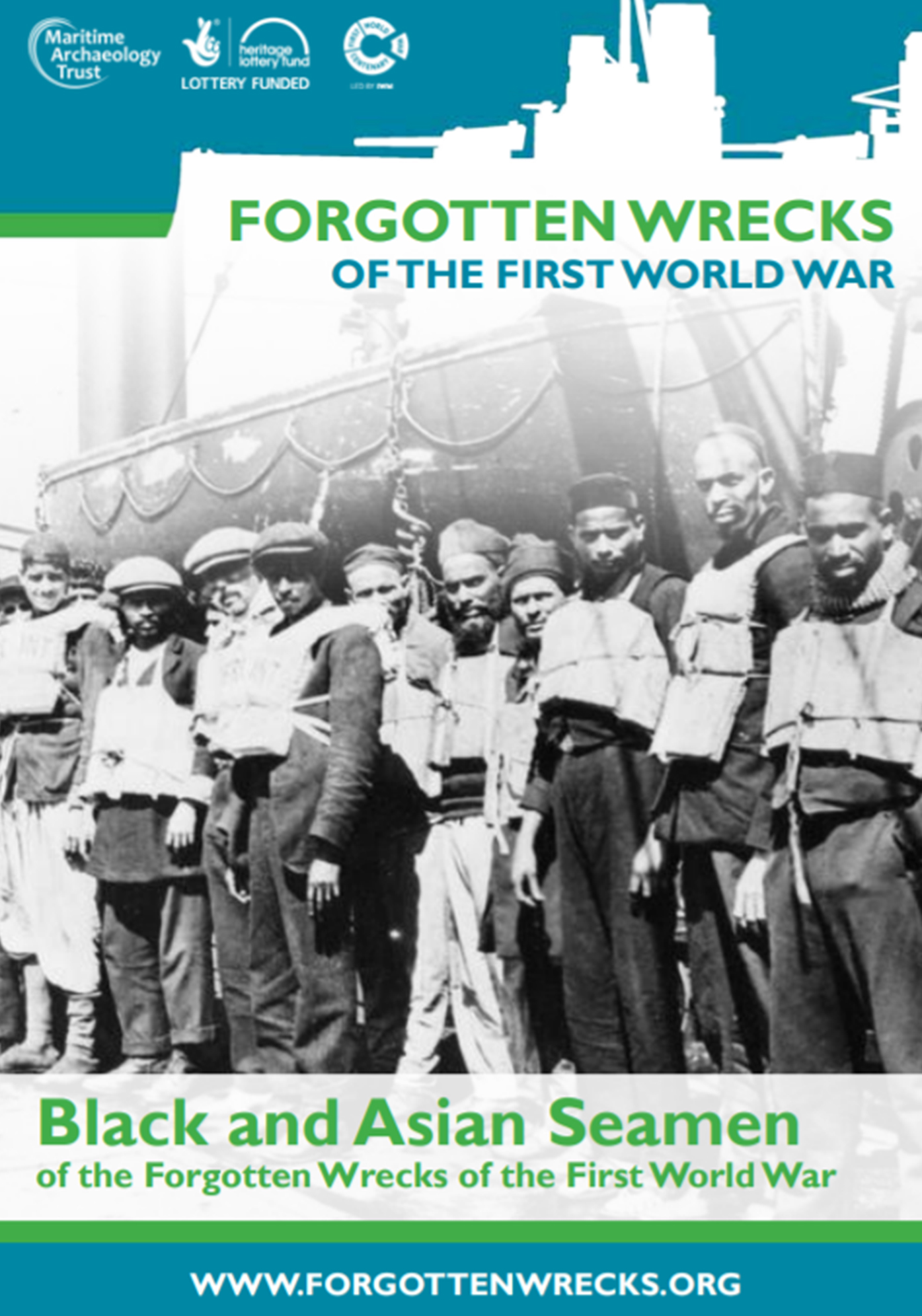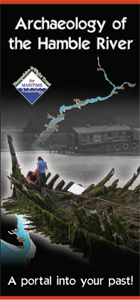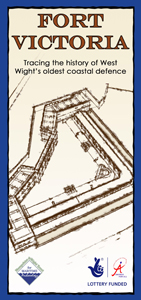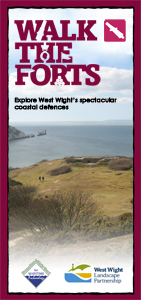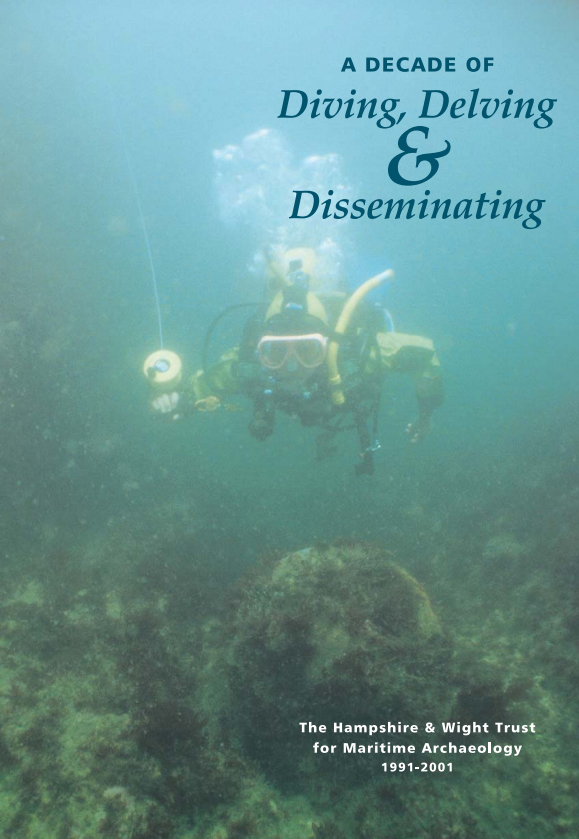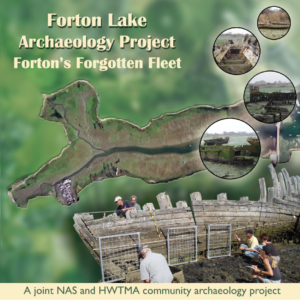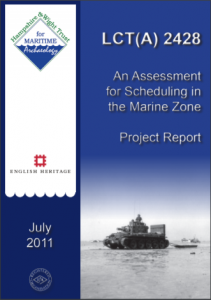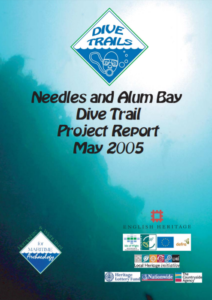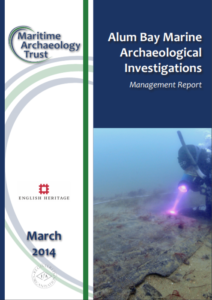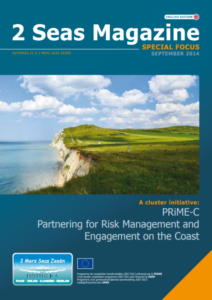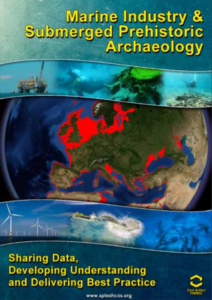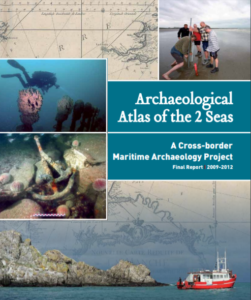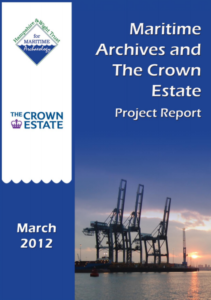We have a huge selection of reports, books, and leaflets, most of which are available to download for free:
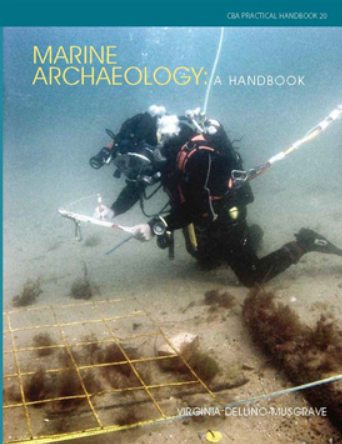
Marine Archaeology: A Handbook
The MAT was commissioned by English Heritage to produce a Marine Handbook, which is edited by Dr Vir Dellino-Musgrave and published by the Council for British Archaeology (CBA).
The CBA Marine Handbook enables popular access to information regarding the marine historic environment. Such information is often found solely in academic books or journals which are not necessarily accessible to all sectors. Therefore, it is envisaged that the Marine Handbook will reach a wider audience, including interested amateurs and non-marine archaeologists, increasing public awareness regarding the marine historic environment.
The Marine Handbook also compliments other popular handbooks which are either in preparation or have been published. This includes Underwater Archaeology: The Nautical Archaeology Society Guide to Principles and Practice.
To purchase a copy of this book, please get in touch.
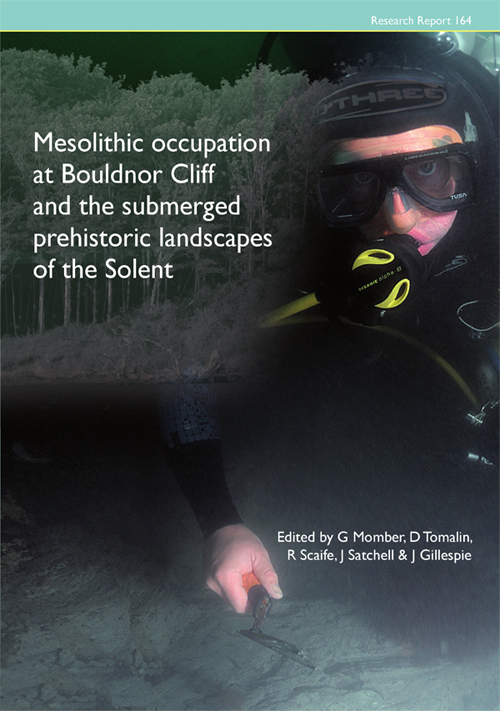
Mesolithic Occupation at Bouldnor Cliff and the Submerged Prehistoric Landscapes of the Solent
Over the past few decades work by the Maritime Archaeology Trust has slowly been unearthing a buried archaeological landscape in the Western Solent. Each year, as a result of erosion and rescue excavation, the site at Bouldnor Cliff, 11m below water off the north coast of the Isle of Wight, produces new finds including worked wood, hearths, flint tools, food remains, twisted plant fibres and an enigmatic assemblage of timbers dating to c8100 BP. The material demonstrates technological abilities some 2000 years ahead of those seen on sites in mainland Britain. This report records the events that led to the discovery of this internationally important site, the methods used to recover the material, and the detailed assessment of the archaeological artefacts. It also explores the processes that have preserved and exposed the landscape and the potential of the wider submerged palaeo-environmental resource to aid our understanding of this period.
To purchase a copy of this book, please visit the Council for British Archaeology.
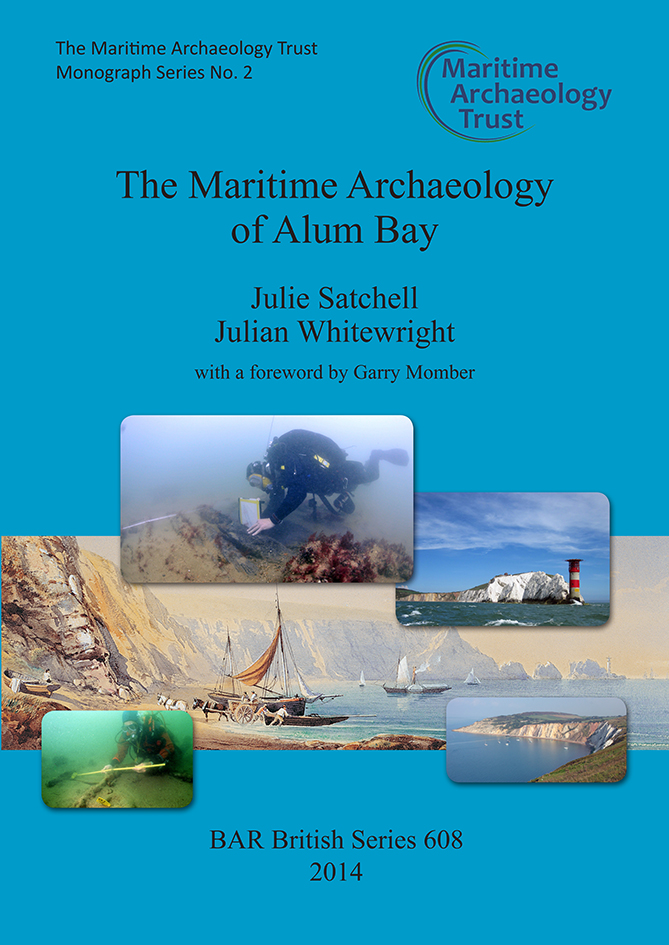
The Maritime Archaeology of Alum Bay – MAT Monograph Series No. 2
In 1991, sports divers discovered a previously unknown section of wooden shipwreck, subsequently named Alum Bay 1, lying in the sheltered waters of Alum Bay on the north-west coast of the Isle of Wight. The identity of the vessel was initially unknown but it was strongly linked to the loss of the 38-gun frigate HMS Pomone on the nearby Needles in 1811, an identification formally confirmed by the research detailed in this monograph. Archaeological work on the site since 1993 has comprised a seabed survey of the site, targeted excavation of specific areas and sampling of structural remains for dendrochronological and metallurgical analysis. In 2001, a second shipwreck was discovered a short distance away and the focus of archaeological work shifted to this new set of remains, named Alum Bay 2. This vessel proved to be a much smaller vessel that was upturned on the seabed and covered by a thin layer of sediment. This vessel was also subject to archaeological survey and investigation, including dendrochronological analysis. On the basis of the ship structure surviving on the seabed, Alum Bay 2 has been classified as a relatively small vessel that was likely to have been involved in local transport or coastal trade in the very late 18th century and early decades of the 19th century. The role of public engagement in the management of such archaeological sites was developed further in the mid-2000s when a dive trail was established around the two Alum Bay shipwrecks. The dive trail in Alum Bayprovides an interesting case study in this form of archaeological interaction with the diving public. In concert with such outreach work, further archaeological survey was been undertaken across Alum Bay in the light of a number of isolated finds being reported by sports divers including parts of cannon carriages and hull elements. Investigative work in Alum Bay has also encompassed the broken remains of the Victorian Pier that was constructed in 1887 to serve the growing boom in seaside tourism. The two shipwrecks of Alum Bay 1 and 2 provide a snapshot of two different aspects of English shipbuilding, naval and merchant, in the very late 18th and early 19th century. The archaeological work conducted in their investigation forms the core of thismonograph, with further chapters that discuss the wider searches of Alum Bay and also the installation and use of the public Alum Bay Dive Trail. Such an account represents the results of twenty years of archaeological investigation within Alum Bay by the Maritime Archaeology Trust (which incorporates the Hampshire and Wight Trust for Maritime Archaeology). This work has been undertaken across a time span in which maritime archaeology in the UK has seen tremendous changes, becoming ever more integrated into the wider heritage discipline and with increasing numbers of professional archaeologists working within the marine zone. Throughout this period, archaeological work in Alum Bay has brought together professional and a-vocational archaeologists, who have worked successfully alongside each other. The various fieldwork seasons have provided extensive opportunities for people to receive archaeological training and develop their experience. This monograph therefore represents the last stage of this work, addressing the processing, analysis, interpretation and finally publication and dissemination.
To purchase a copy of this book, please visit BAR.
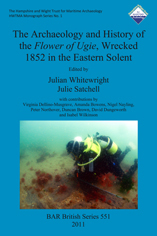
The Archaeology and History of the Flower of Ugie, Wrecked 1852 in The Easten Solent
This monograph presents an account of the archaeological and historical investigation of the seabed remains of the Flower of Ugie, a wooden sailing vessel built in Sunderland in 1838 and wrecked in the Eastern Solent, England in 1852. The vessel was discovered in 2003 when a fisherman snagged his nets on the wreck, following initial investigation by the Maritime Archaeology Trust, on-going survey was conducted on the site between 2004 and 2008. The shipwreck lies within an area that is licensed for aggregate extraction, placing the remains under potential threat from such activity. Liaison with the dredging company led to the establishment of a voluntary dredging exclusion zone around the site. The shipwreck lies in three main parts comprising two large sections of hull remains, with a dispersed area of broken, mainly concreted iron elements in between. The vessel is primarily constructed from oak, ebony and elm. At the time of sinking, the exterior of the hull was sheathed in yellow metal. It was not possible to date the vessel through dendrochronology, but comparative analysis of the metal fastenings allowed a provisional date of c. 1820-1850 to be assigned. A provisional tonnage of 350 old tons was suggested. There are few artefacts from either the vessel’s cargo or on-board items surviving.
To purchase a copy of this book, please visit BAR.

The Stirling Castle, a 70-gun Ship Lost in the Great Storm of 1703: Archaeological Investigations 1979-2009
This book examines the archaeological investigations undertaken between 1979 and 2009 on the wreck of the Stirling Castle a 70-gun third-rate ship of the line, lost on the Goodwin Sands, Kent during the Great Storm of 1703. Included is a history of the warship, a detailed account of archaeological investigations undertaken and the environmental factors impacting the seabed remains. A review of the ship’s construction draws on records of structure remaining on the seabed and recovered material. The artefact collection is considered by material and type. Specialist analysis has enabled greater understanding of ship fittings, weapons, navigation equipment, medical artefacts, food preparation and consumption, clothing and apparel, and life onboard. The volume demonstrates the value of studying dispersed archives from shipwreck excavations and their potential to add considerably to maritime history and archaeology. In this case the examined archaeological records and artefacts from the Stirling Castle offer a compelling insight into the maritime world of the seventeenth and eighteenth centuries from a range of perspectives.
To purchase a copy of this book, please visit BAR.
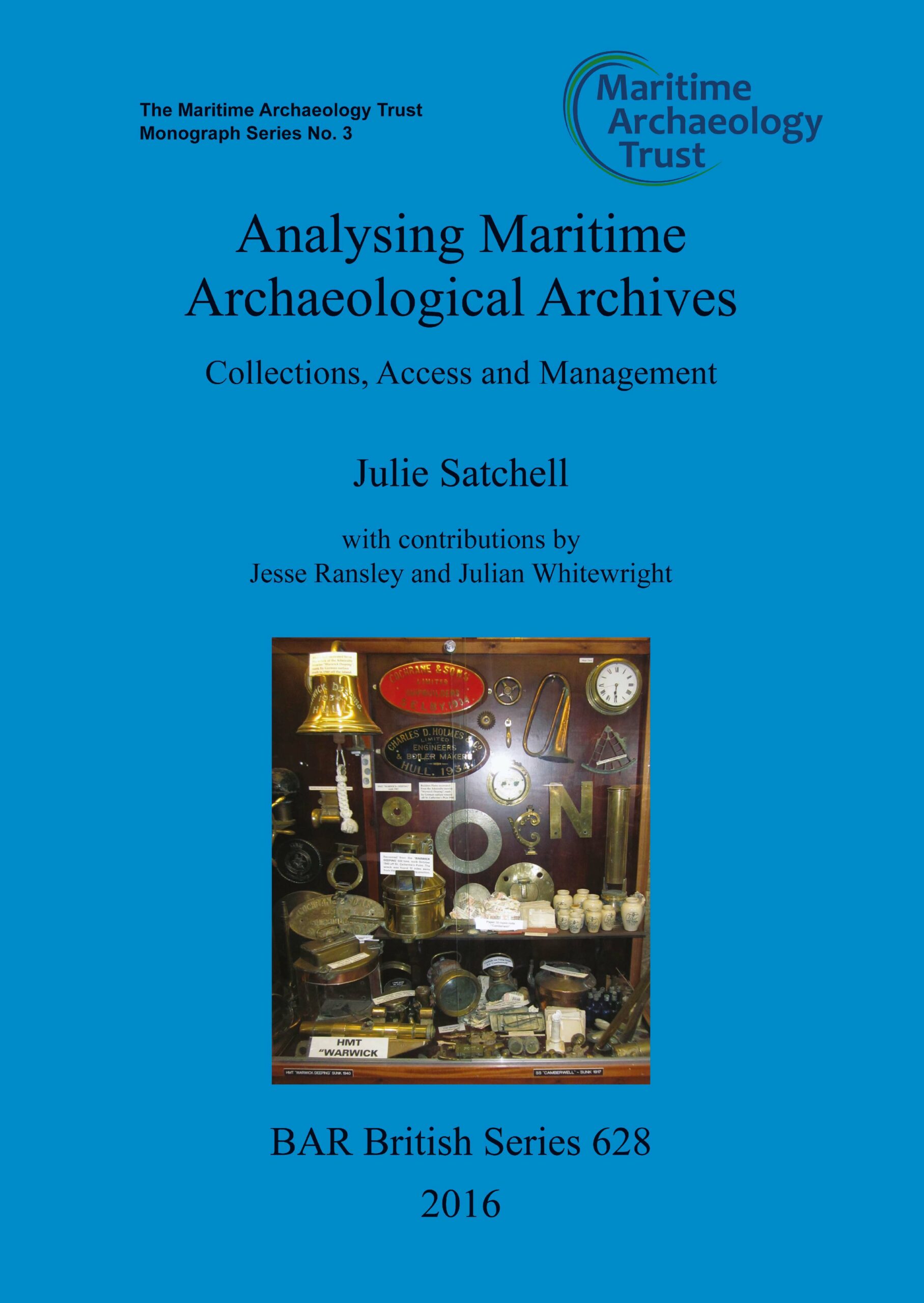
Analysing Maritime Archaeological Archives: Collections, Access and Management
Maritime archaeological archives within the UK often face an uncertain fate. Some are deposited in public repositories, while others are dispersed, are deteriorating, remain uninterpreted and uncurated, are sold or sometimes abandoned. The net result puts elements of the nationally important cultural heritage resource, which tells the story of human interaction with the sea, out of reach for researchers, educators and the public as a whole. Research to understand the nature and scale of the problems faced by maritime archaeological archives is presented within this volume. Subjects covered include a review of coastal museums and their approach to maritime archaeological archives and presentation of the results of an extensive survey which sought to discover where archives are held, their composition and issues of access ownership and storage. Further in-depth consideration of the maritime archaeological archive backlog within England has identified where incomplete or low levels of analysis and publication are hampering access to past investigations and impacting on the development of the discipline. Maritime archaeological archives provide challenges for museums, archaeological, heritage management and special interest groups involved in their creation and management. The various regulatory regimes and development frameworks impacting their production, curation and deposition are examined and situations where work on sites falls outside of any management processes identified. Issues related to roles and responsibilities for the overseeing of archive flow from seabed to repository are scrutinised along with a range of systemic and practical issues which need to be addressed to ensure a more positive future for these significant archives.
To purchase a copy of this book, please visit BAR.

